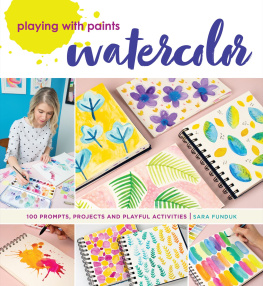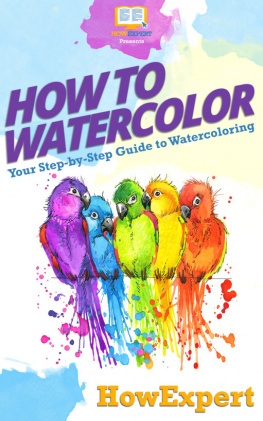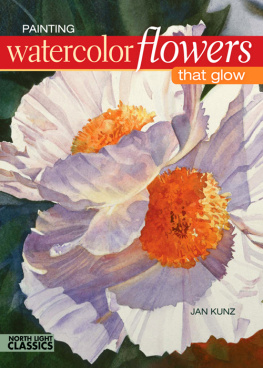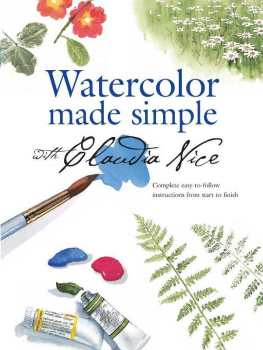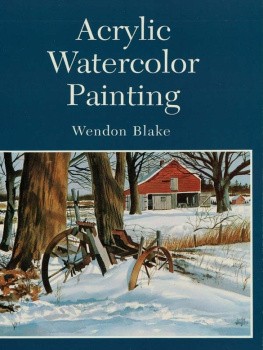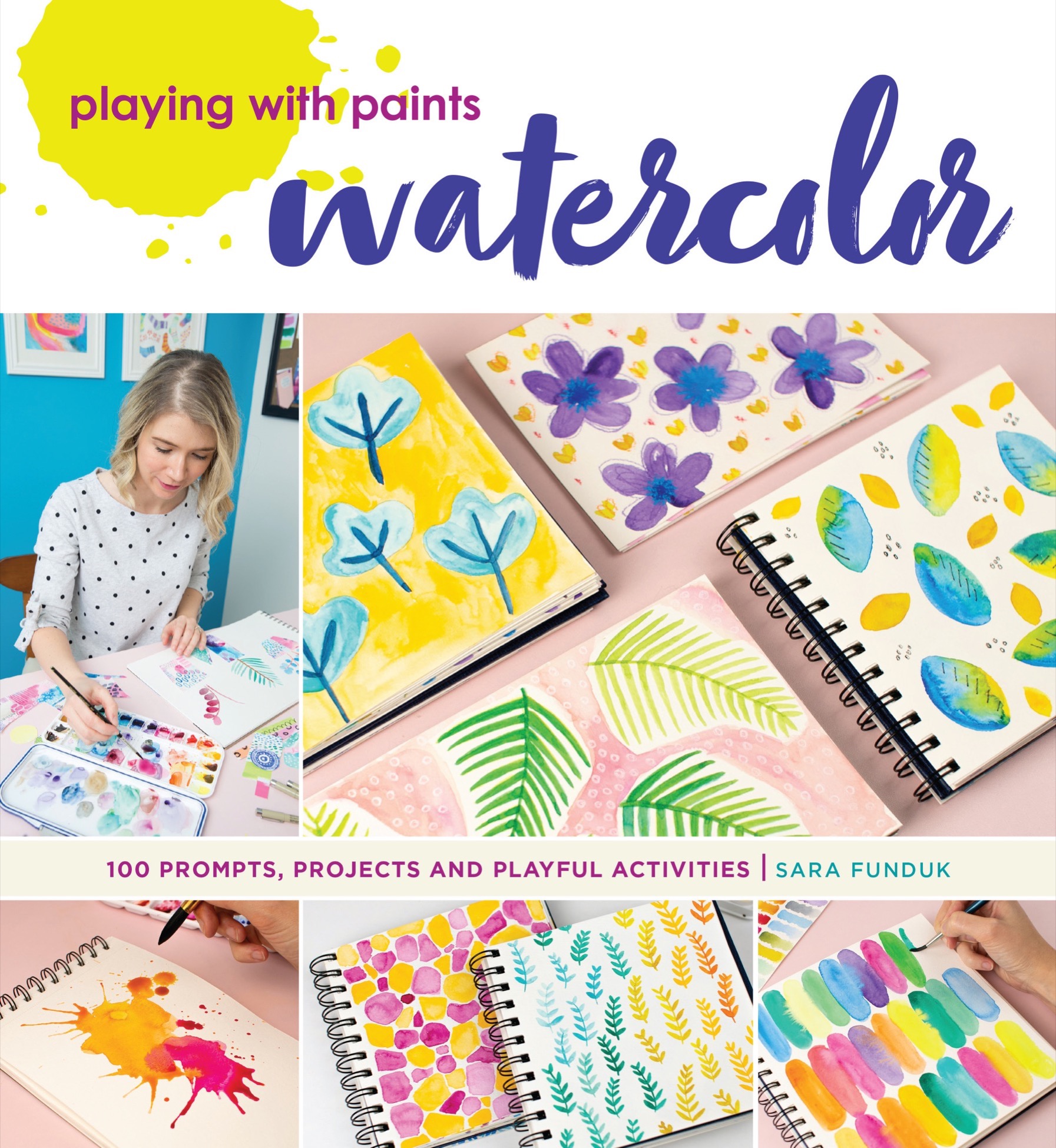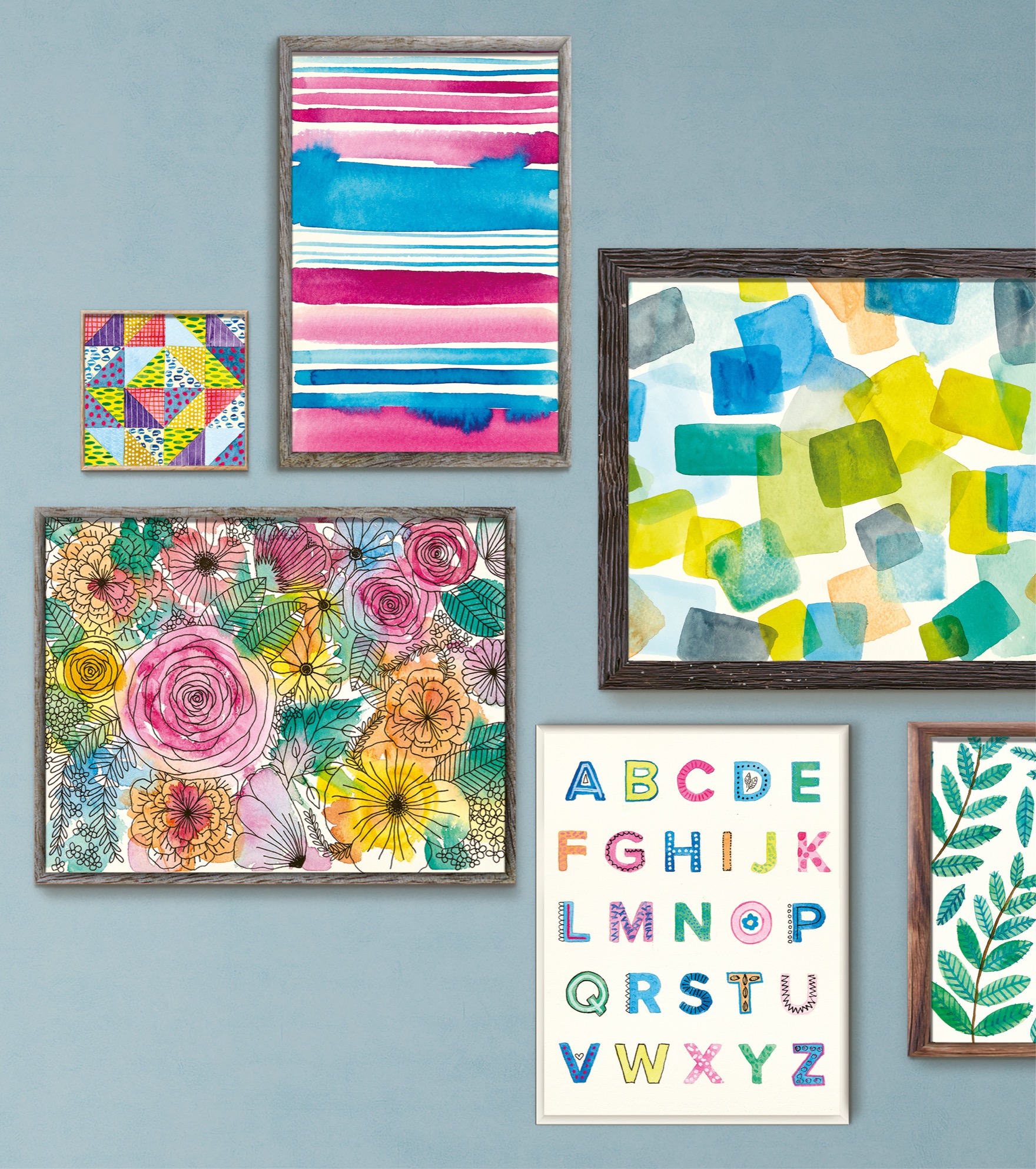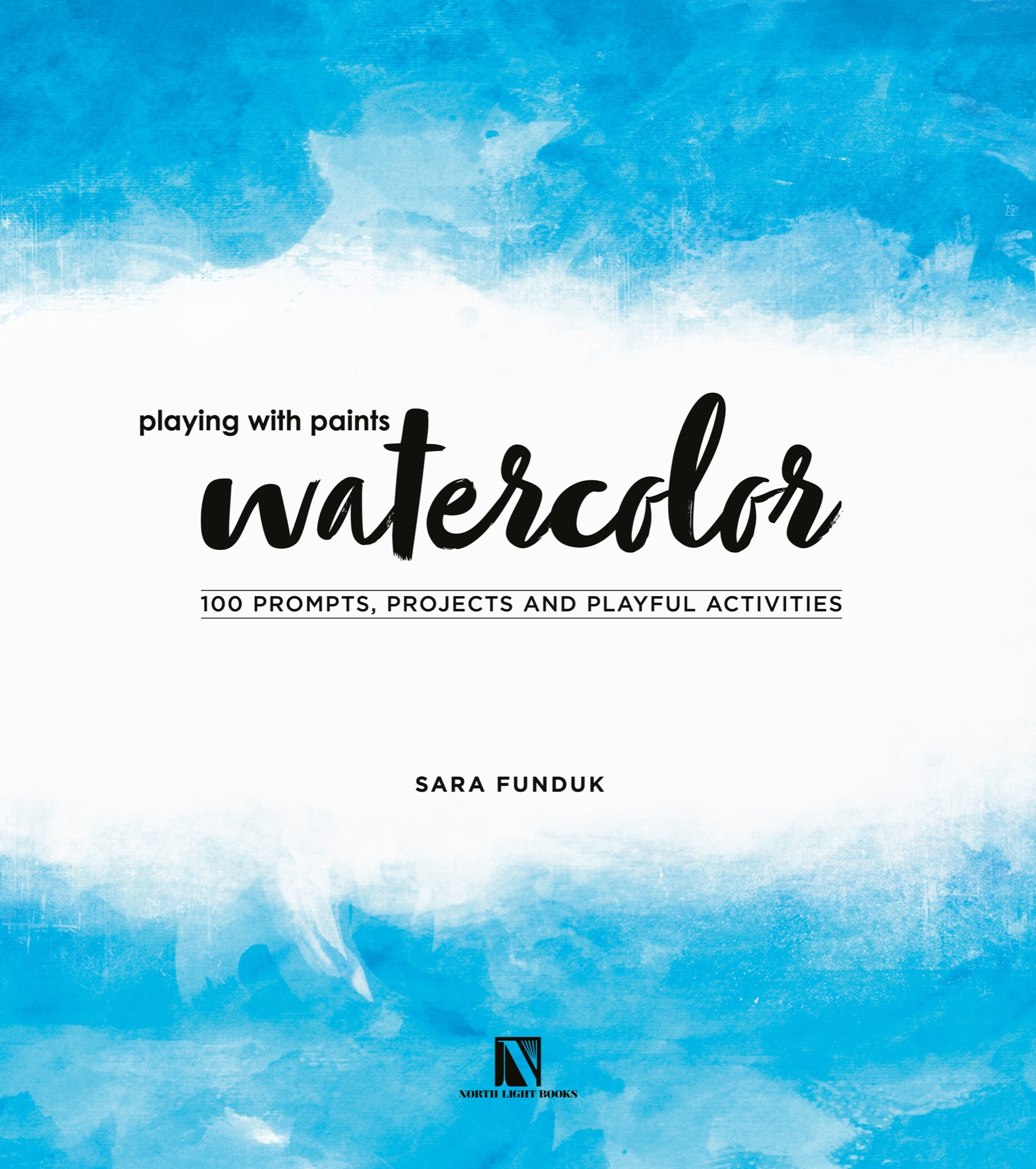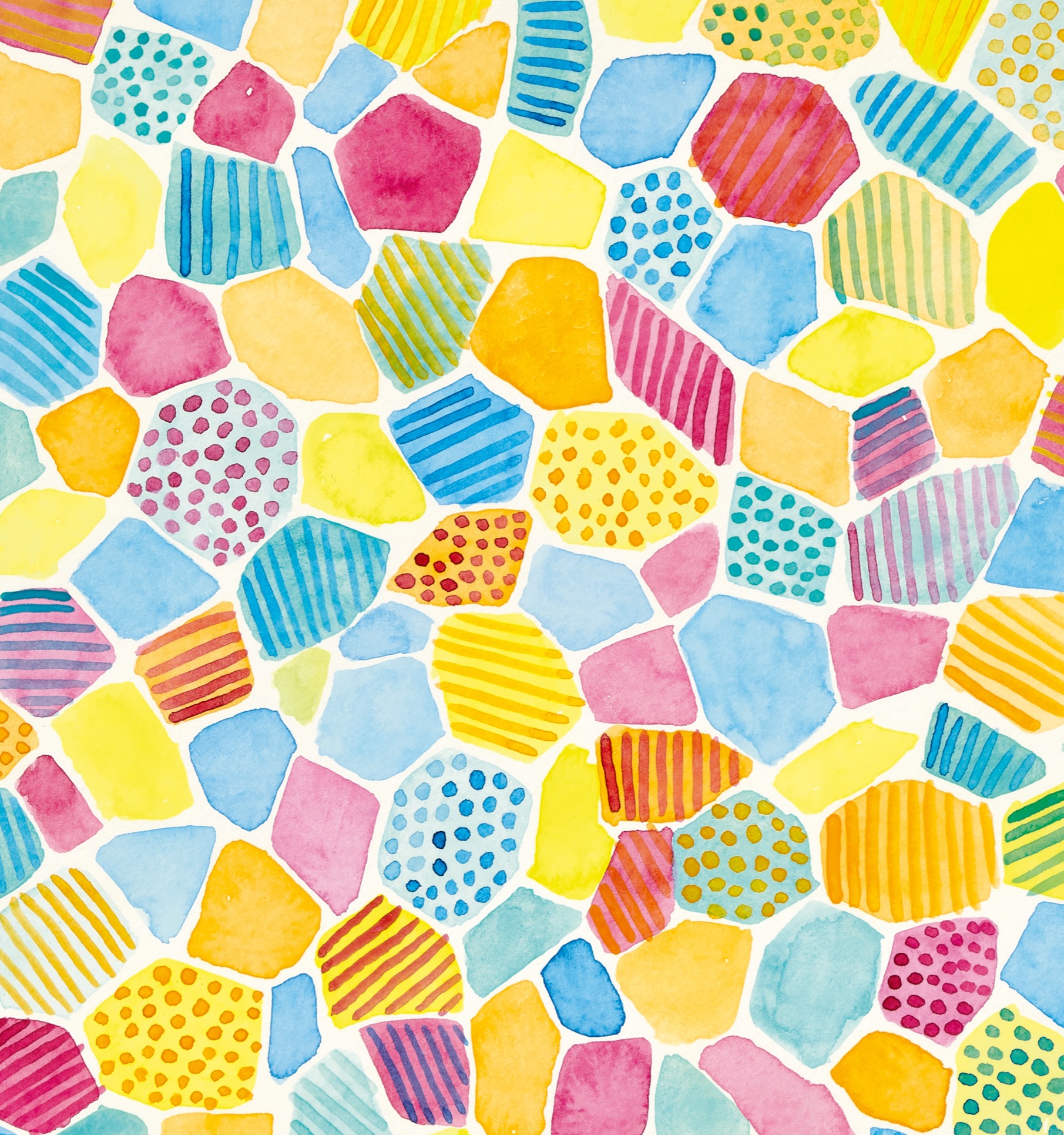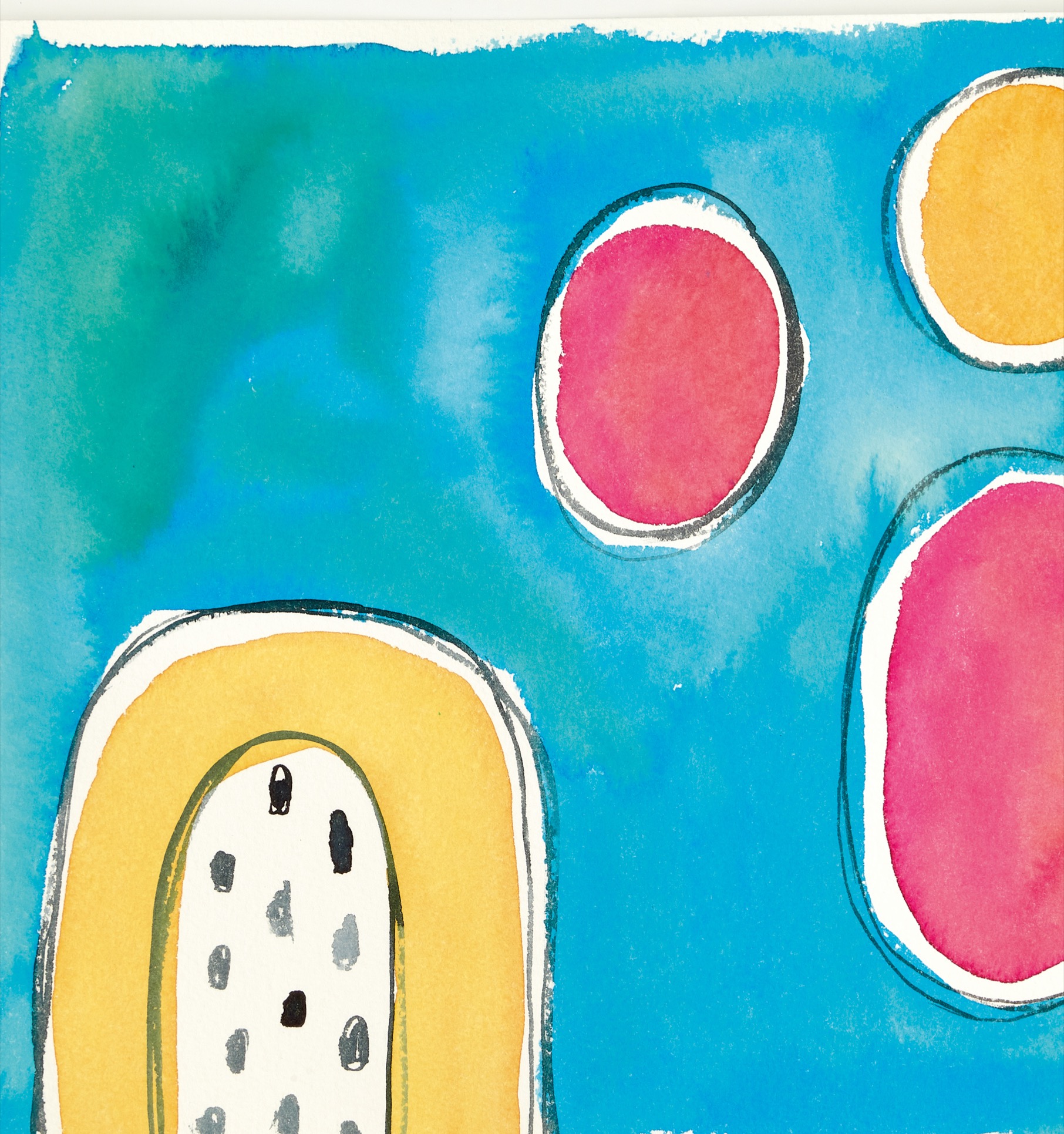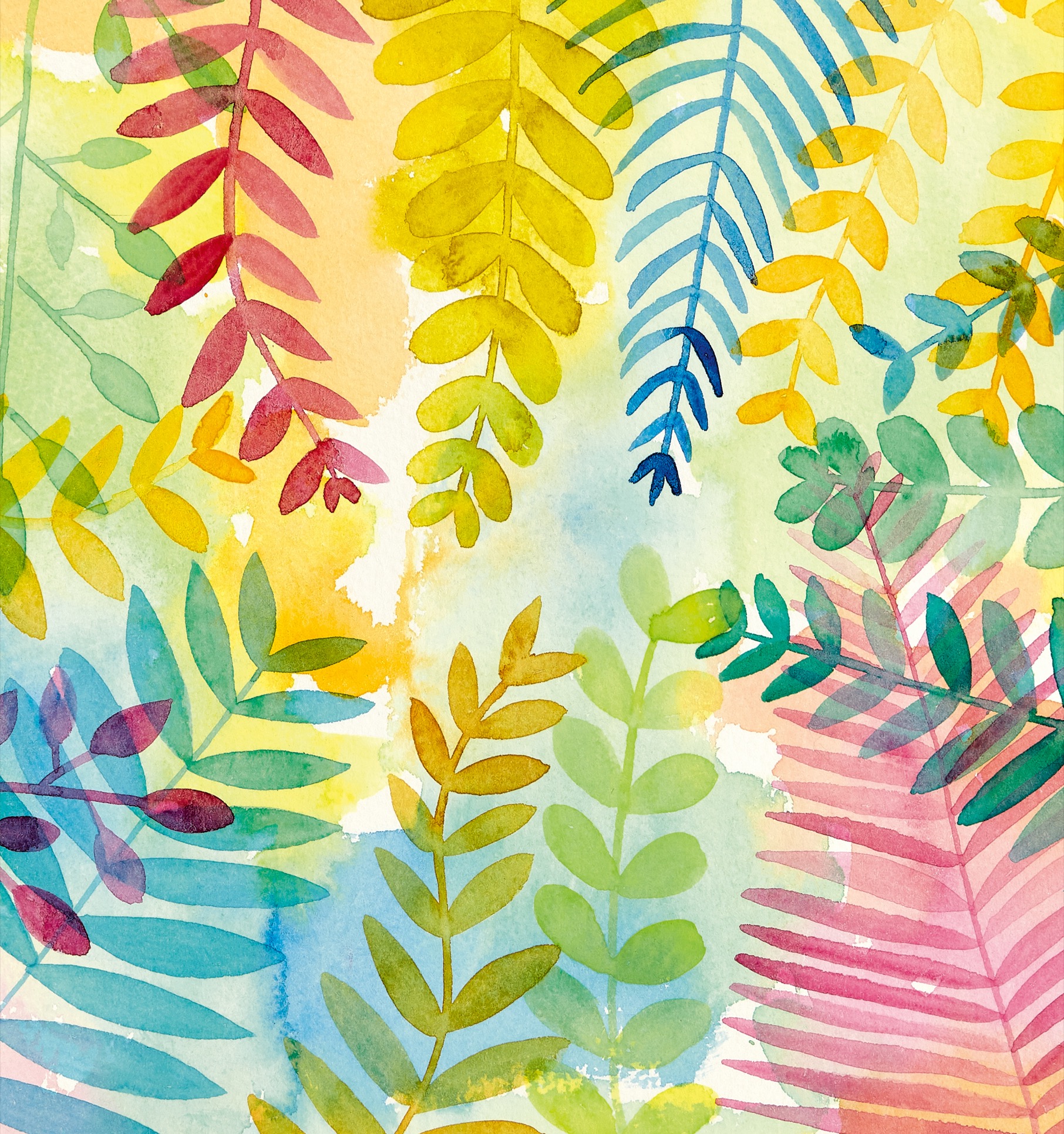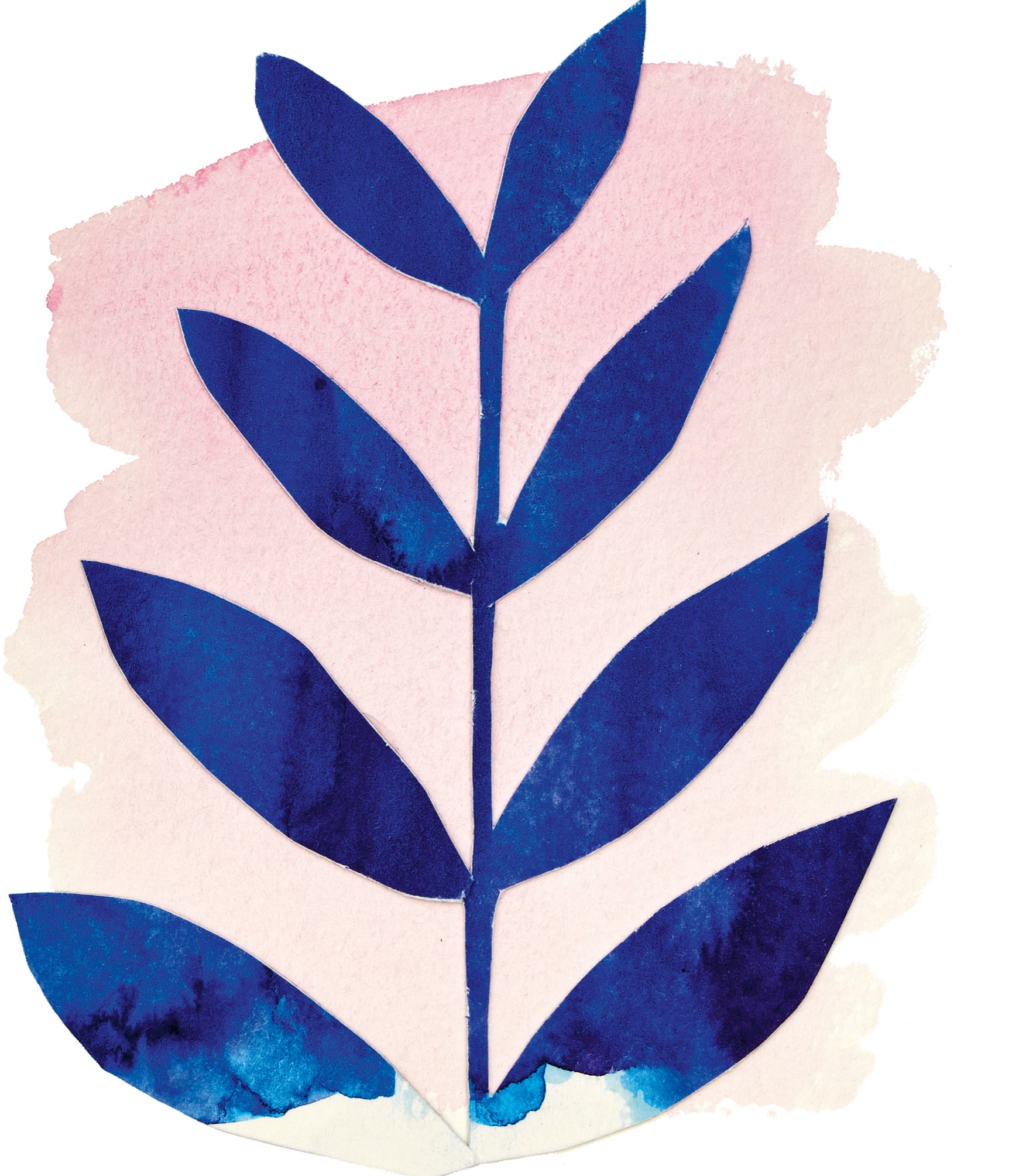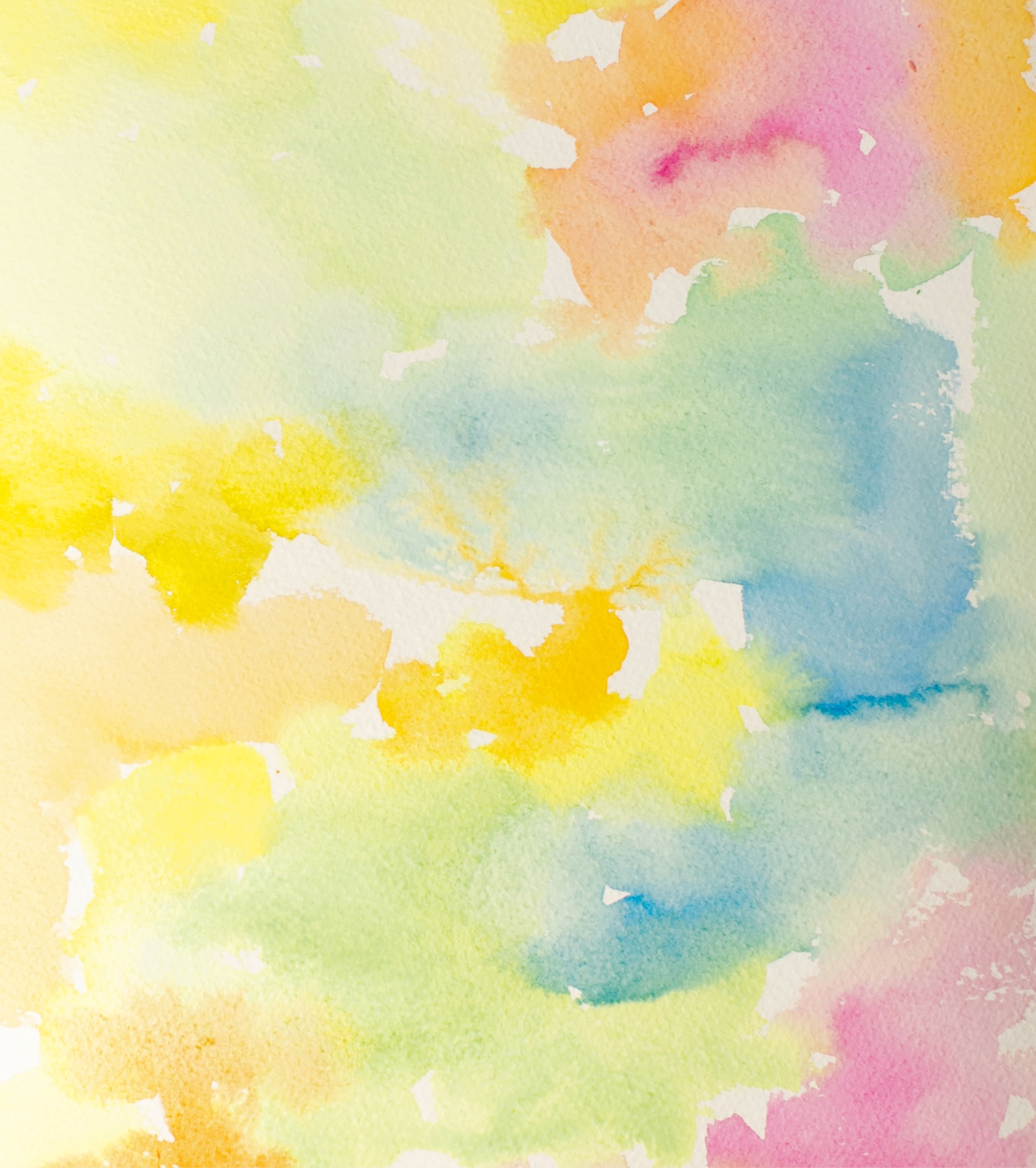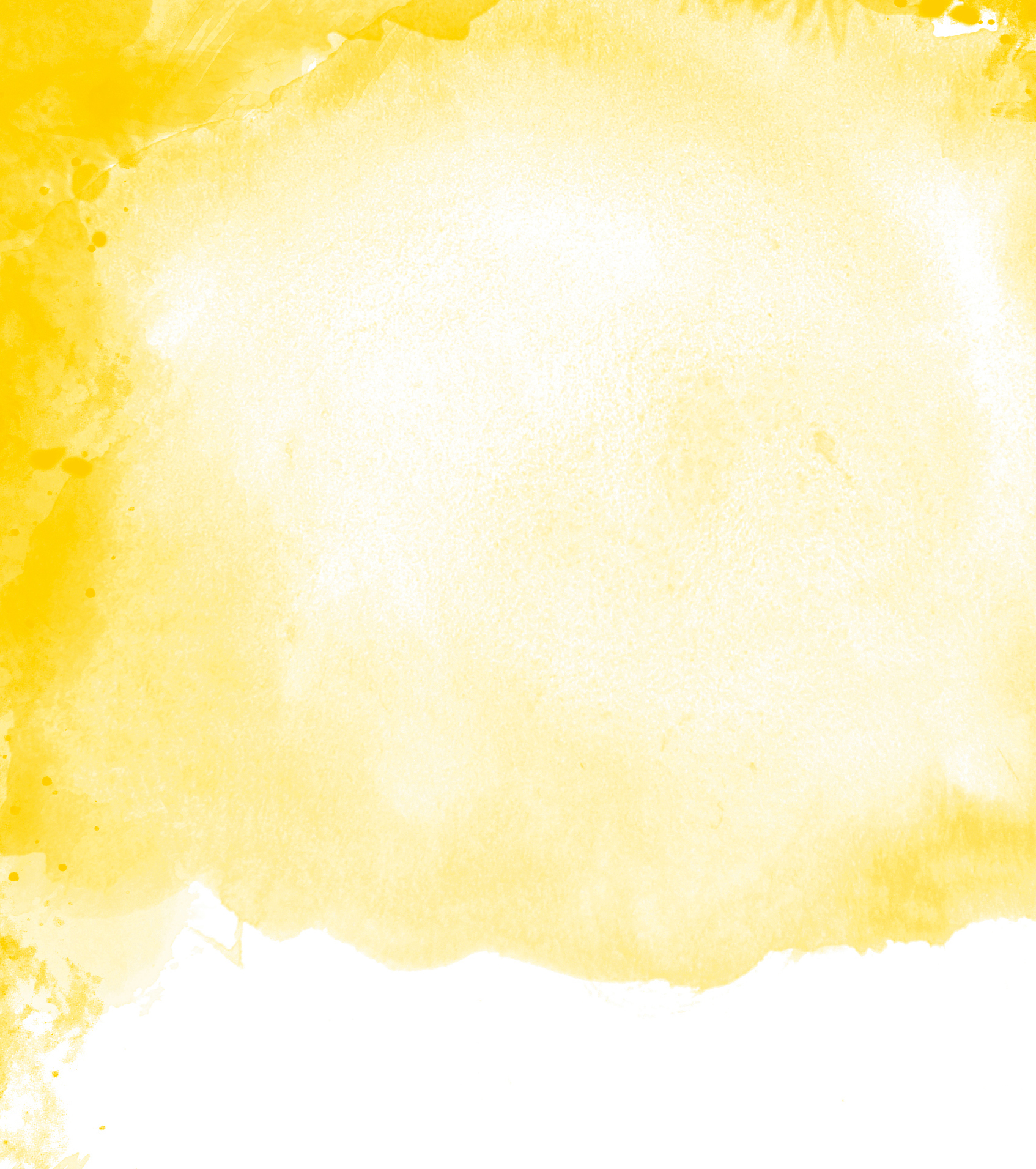Basic watercolor supplies
Getting started with watercolor painting does not require a ton of supplies. Any watercolor set you can get your hands on will teach you how to work with the paint. As you fall in love with the medium (and you will!), you can upgrade your supplies as you go.
Paint
Watercolor paint generally comes in two forms: tubes (1) and pans (2). Paint from a tube is wonderfully vibrant and beautiful to work with, but can get a bit pricey. Watercolor pan sets are generally more affordable and can vary in quality. For most of the exercises in this book, I use tube paint, but use whatever you have at hand, or can afford, and work up from there. You can make lovely art even with a childrens set of paints!
Brushes
A round brush with a good point is definitely the brush I reach for the most. You can complete almost every exercise in this book with just a medium round brush (3). I also love water brushes (4) that have a handle which can be filled with water. They are great for painting on the go. When you are ready to expand your collection, you will probably need a large flat brush (5) for washes and a small liner brush (6) for detail. Be sure to buy brushes specifically made for watercolor because they will hold the most paint.
Palettes
The best things about a set of pan paints are that it comes with its own storage case and the lid doubles as a mixing palette. If you are using tube paints, youll want to get a palette (7) too. I use a plastic one with a lid so I can take my paint with me anywhere. I almost never clean my palette, because the paint can always be reactivated.
Paper
Thick, good-quality watercolor paper is important for achieving that signature watercolor look. Watercolor paper (8) comes in bound books, sheets, and blocks that are gummed on every side to prevent wrinkling. I tend to practice on cheaper paper and save the more expensive paper for finished projects. Not all watercolor paper is created equal. You will notice a big difference in your finished artwork when you use high-quality paper.
Water
It might seem obvious, but clean water is an important tool! I like to keep two jars of water when I paint: one for cleaning my brush (9); the other for mixing with the paint (10). If your water gets too muddy, it will start to affect the color of your paint, so clean water is essential.
Tape
Tape the paper to a hard work surface with painters tape or washi tape (11). It prevents wrinkling and gives a nice clean edge. But be sure to wait until your painting is completely dry before pulling up the tape.
Pens and pencils
A black waterproof pen (12) is a great way to add some linework and detail. I also love to add accents with a white gel pen (13). Youll see pens used a lot in this book as a finishing touch. And be sure to always have a light pencil (14) at hand for making initial sketches.
Other useful tools
Masking fluid (15); Watercolor markers (16); Watercolor pencils (17); Salt (18); Rubbing alcohol; Gouache (19); Paint pens (20); Props and photos for reference.
PRO TIPS
Be sure to always rinse your brushes well after each painting session and store them pointing upward, to ensure they keep their shape.
Watercolor paint can always be reactivated after it dries on the palette, so there is never any waste. Even paint from a tube can still be used after it has dried.
Keep a spray bottle of water at hand to quickly mist your whole paint palette before you start.
For paint that is especially old and dry, warm water will resurrect even the crustiest of palettes! Just spray and let it sit for a few minutes.

